Disclaimer: This post contains affiliate links. If you click through and make a purchase, I may receive a small commission (at no additional cost to you). This helps support and run my blog. I only recommend products I personally use and love. Thank you for your support.
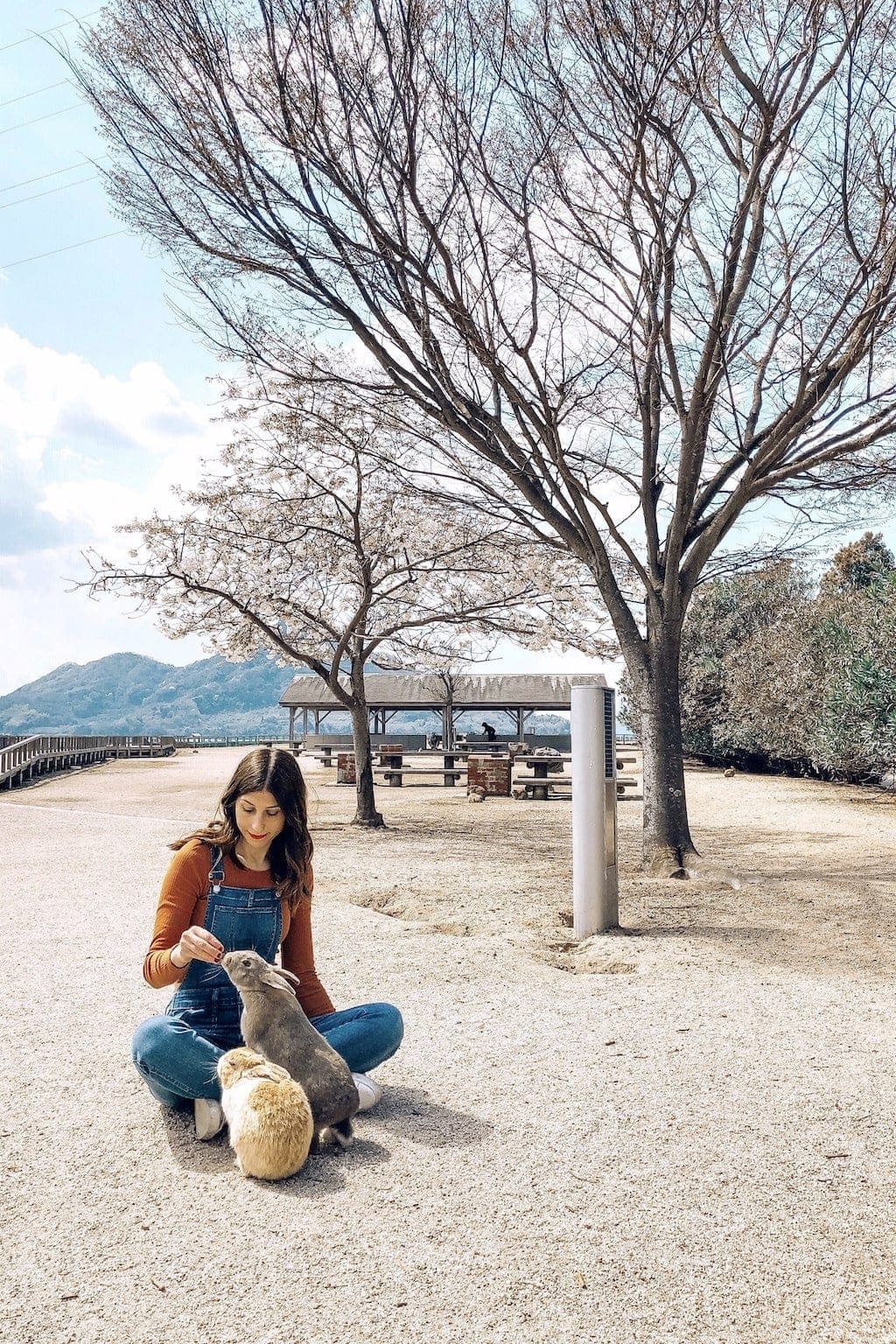
Okunoshima is a small but beautiful island located off the coast of the Japanese city, Takehara in Hiroshima Prefecture. It is known to most of the world by its nickname, “Rabbit Island”. The majority of the island’s residents are feral rabbits and the few people that do call the island home are employees of the island’s only hotel.
The roughly 1,000 wild rabbits that occupy Okunoshima are somewhat tame and freely roam the island in search of food. Okunoshima has become an increasingly popular tourist destination over the last few years, yet few people know of its dark past. Here is everything you need to know about visiting Rabbit Island in Japan:
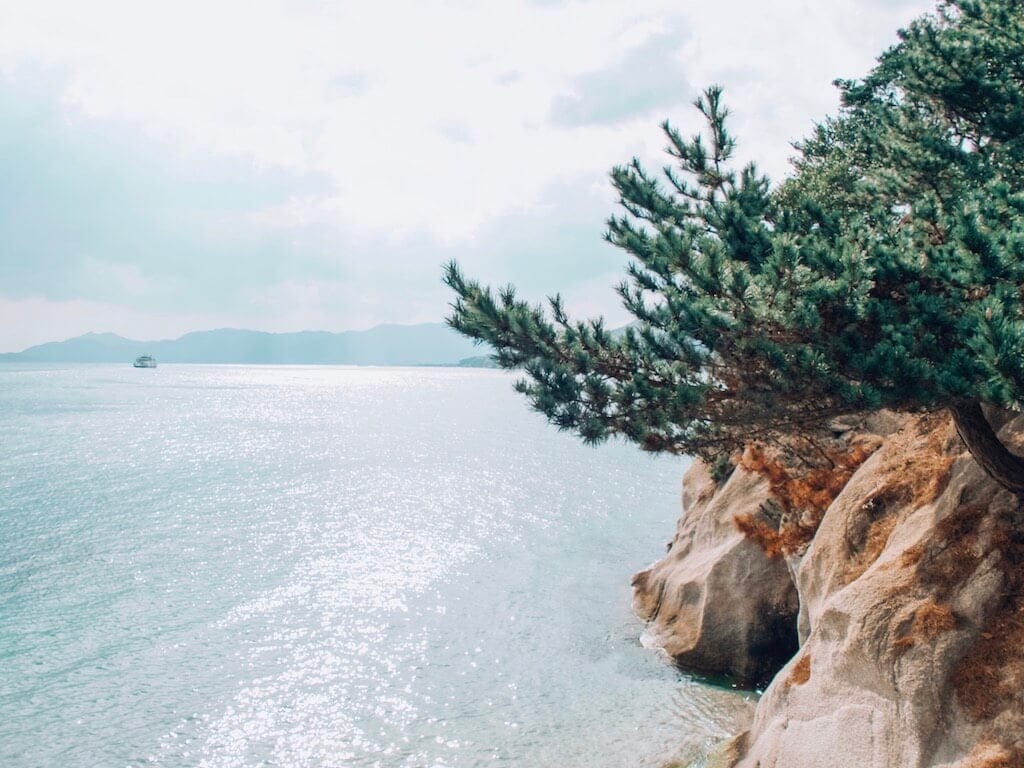
The History of Okunoshima
In the late 1920s, the Japanese Imperial Army decided to create a secret program to develop chemical weapons. Okunoshima was chosen as the ideal location to do so. The somewhat isolated island could be kept secure and was far enough away from Tokyo and other major cities in the event of a disaster. It was kept so top-secret that during much of its past it was completely removed from official maps. In 1927, the army began building a plant to produce poison gas, mainly mustard and tear gas.
It was completed in 1929 and rabbits were soon brought to the island to test the effectiveness of the gas. Employees were recruited and told it was an ordinary manufacturing plant and high-school students were brought to the island and put to work. Between 1929 and 1945, the Japanese army produced over 6,000 tons of poisonous gas on Okunoshima. This gas was used throughout the Sino-Japanese War, the Russo-Japanese War, and WWII.
It’s estimated that the deaths of roughly 80,000 Chinese soldiers and civilians in the 1930s and 40s can be contributed to the gas. The facilities at Okunoshima were dismantled at the end of WWII and the American army euthanized most of the rabbits. Rumor has it that a few of the captive animals were released and multiplied throughout the years, resulting in the rabbit island we know today.
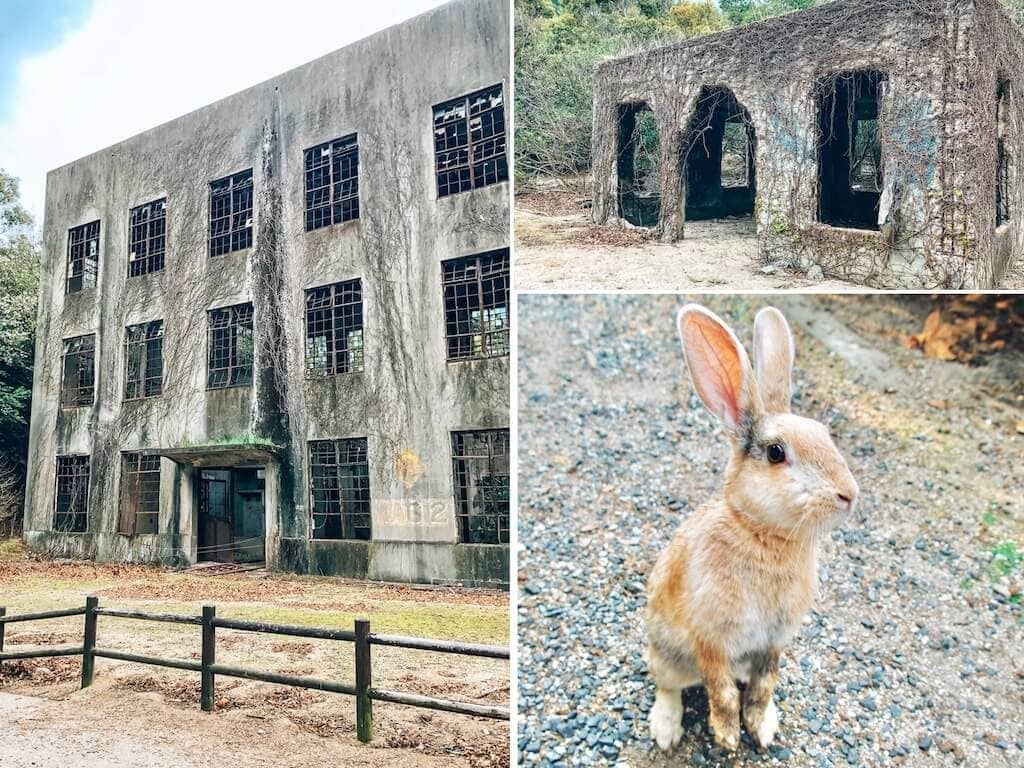
How to Get to Rabbit Island in Japan
Today, Okunoshima and its only hotel, are part of Japan’s National Park Resort system. Despite its dark history, “Rabbit Island” is a lovely and peaceful place to spend the day. Rabbit Island can easily be reached from Osaka or Hiroshima, but a trip from Tokyo is doable as well. To get to Rabbit Island from Tokyo, you will want to reserve a seat on the Shinkansen (bullet train). A JR Rail Pass can make travel within Japan very affordable.
I recommend arriving the night before you wish to visit the island and staying in the seaside town of Takehara. Takehara is a beautiful and quiet little place. I was happy to escape the many tourists of Japan’s larger and more popular cities, even if it was just for a night. Depending on where in town you’re staying, it’s a fairly short journey to “Rabbit Island”.
The closest train station to Okunoshima is Tadanoumi Station. If you’re staying near Takehara’s historic old town, then you’ll want to take the local Kure line to Tadanoumi. Okunoshima is located about two miles off the coast, so you will need to board a ferry to get there. The walk to the ferry terminal is less than five minutes from the station. Before boarding the ferry, you will need to purchase a ticket from the Rabbit Cafe and Gift Shop. A ticket costs 300 JPY each way. The cafe also has coffee, souvenirs, and rabbit food available for purchase. Rabbit food is not available for purchase on the island.
The ferry only takes about fifteen minutes to reach Okunoshima. The schedule changes according to the season and can be found here. I would recommend taking the first possible ferry out. The boat I took, at 7:40 am, had only a handful of people on it and I had a good portion of the island to myself for a while.
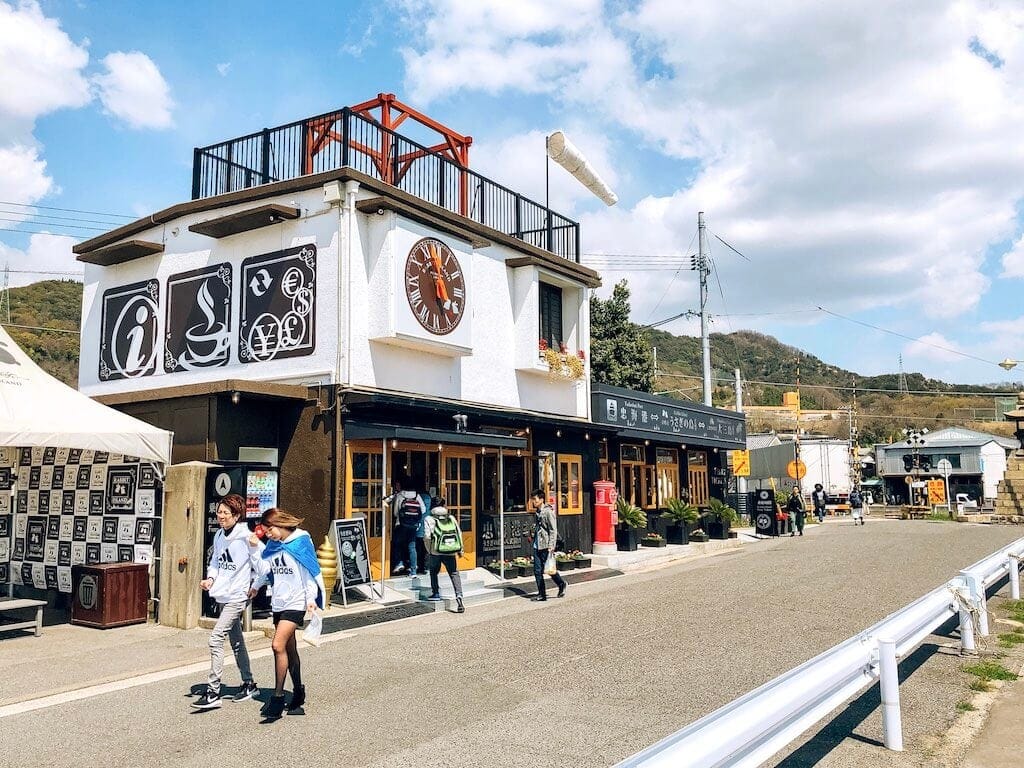
What Is There to Do on Rabbit Island?
Besides 1000 cute bunnies, there’s little else to see on Okunoshima. The creepy abandoned buildings from the gas testing days are scattered around the island and can be fun to explore. You’ll find the Power Station Ruins, Ammunition Storage Warehouse, and Poison Gas Storehouse. Bicycles are available for rent at the previously mentioned Kyukamura Ohkunoshima Hotel. If you wish to stay on the island, there are campgrounds as well.
Okunoshima does have a small visitor center and museum. The Poison Gas Museum gives visitors a look at what gas workers endured during their time on the island. The protective gear and suits that they were supplied with were often not airtight and resulted in extreme illness from the exposure. A shuttle runs around the island, stopping at the hotel, ferry terminals, and visitor center. The island, however, is actually very walkable. The pathway that circles around the island is only about 4 km (2.5 mi) and can easily be walked in under an hour.

What to Expect on Okunoshima
If you have seen any of the many videos of Rabbit Island on YouTube, then you probably have a good idea of what to expect. There are literally rabbits everywhere. Unfortunately, life on the island is no longer sustainable for the ever-increasing rabbit population. The rabbits have no natural predators and there is currently not enough vegetation on the island to feed them. The rabbits have become almost completely dependent on tourists for food.
This means that on days full of sunshine, lots of tourists come to the island and bring excessive amounts of food and on colder days, visitors may not come at all, causing the rabbits to go hungry. If you plan on feeding the rabbits, please purchase rabbit pellets at the cafe before boarding the ferry.
Many people are under the impression that rabbits eat things such as cabbage, lettuce, and carrots. These foods actually make them sick. Rabbits need foods rich in fiber and cabbage can actually cause them to bloat. There are people who bring large bags of these “bad” foods to the island and proceed to throw it everywhere. Please don’t be one of these people. Not only will it make the rabbits sick, but it will also cause them to quickly become full and disinterested.
The rabbits are friendly and while they have no problem snatching a bag of pellets when you’re not looking, they are actually quite gentle when taking it from your hands. If you sit on the ground, they will hop right up to and even on you. I really enjoyed my morning on Rabbit Island in Japan. Visiting Okunoshima was a wonderful experience. I learned a lot about its history and got to hang out with some really cute critters!
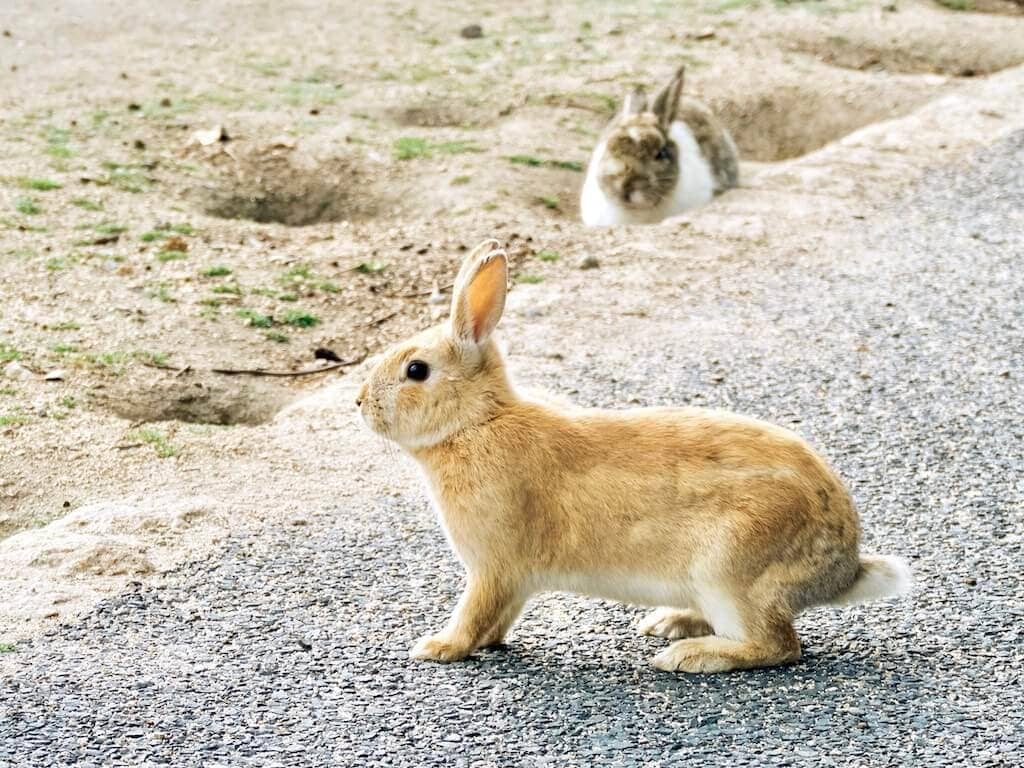
Where to Stay on Rabbit Island in Japan
Green Sky Hotel
Green Sky Hotel is great if you are spending some time in Takehara. It’s just a two-minute walk to JR Takehara Station and it takes about 25 minutes to reach Tandonoumi Station. Green Sky Hotel is a newer hotel that has clean and comfortable rooms and is within walking distance of Takehara’s historic old town. I suggest checking out nearby Kihachi Sushi for dinner.
Kyukamura Ohkunoshima
Kyukamura Ohkunoshima is the National Park Resort located on the island of Okunoshima. The rooms are traditional Japanese ryokan-style with minimum amenities and the pool is only open during the summer months. Room rates seem high for what appeared to be a very mediocre hotel. However, being able to wake up on the island might make a stay worth it. You’ll have the island and bunnies to yourself before the ferries start arriving.
Nipponia Hotel Takehara Saltworks Town
Nipponia Hotel Takehara Saltworks Town is a 4-star ryokan located in historical Takehara. It has air-conditioned rooms with a private bathroom and Wi-Fi. The ryokan features a restaurant and includes breakfast.
Have you been to Rabbit Island in Japan? I’d love to hear about your experience. If you’ve enjoyed this post, please leave a comment or share using the social media buttons below. Do you love animals as much as I do? Continue to my post, “The Perfect Day Trip to Nara, Japan“, to learn more about the magical city of Nara.
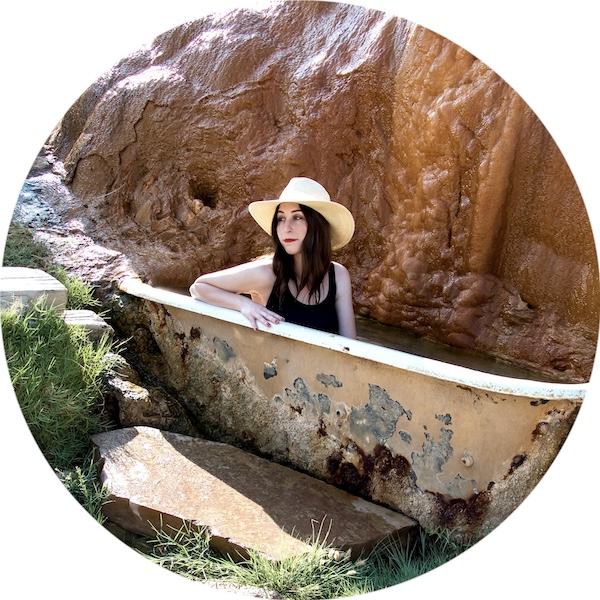

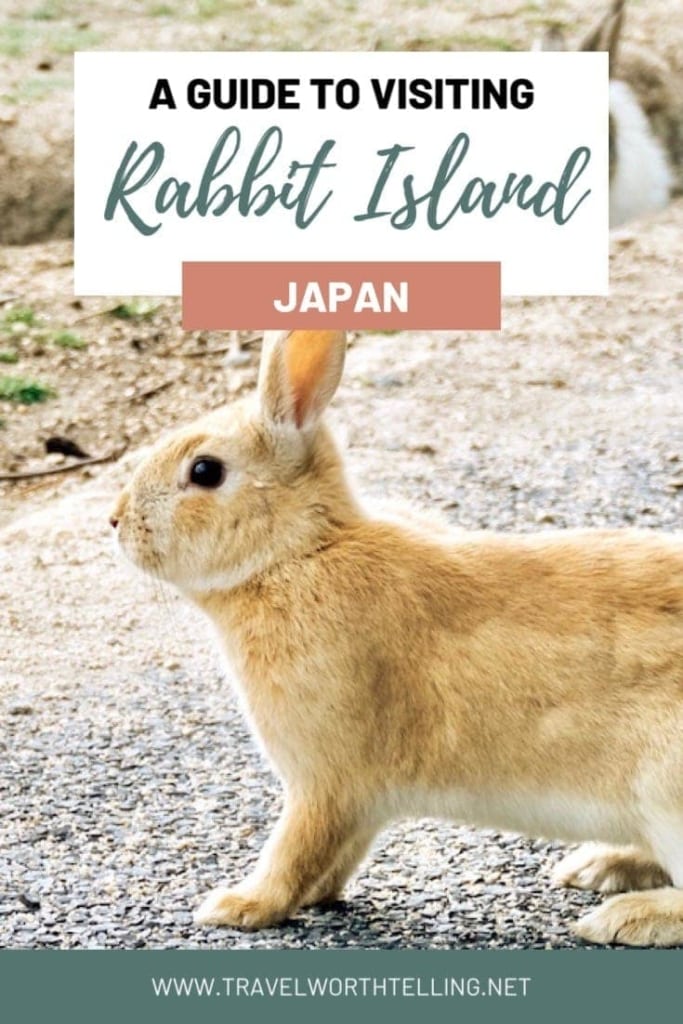
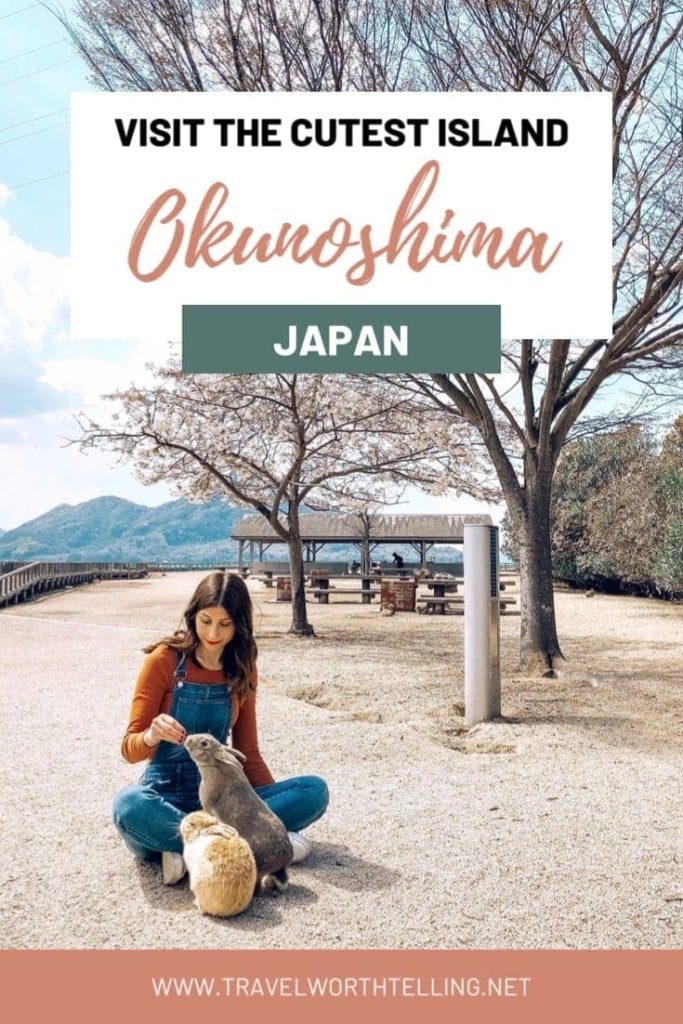

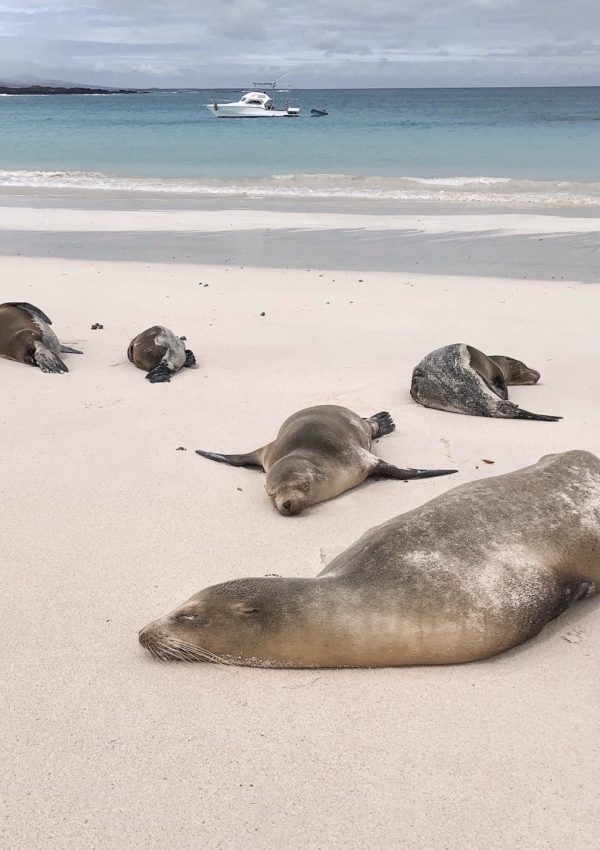
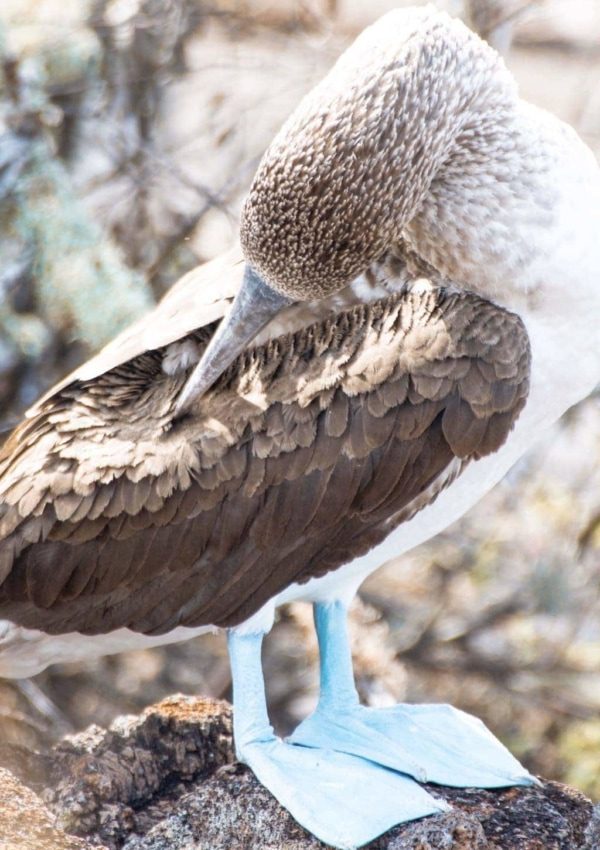


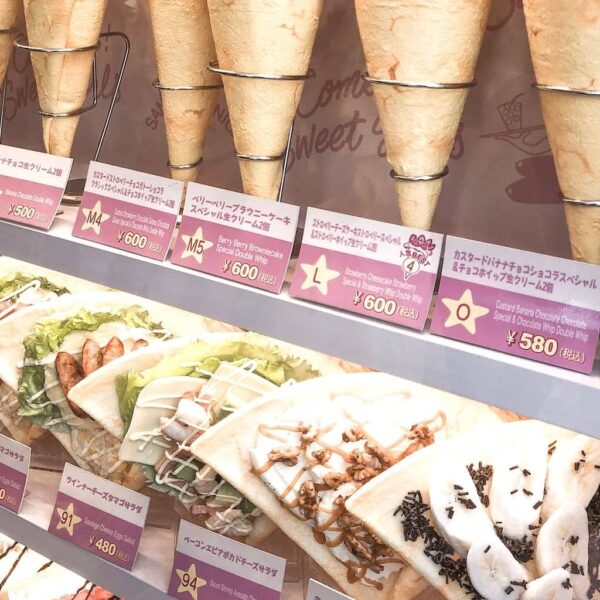
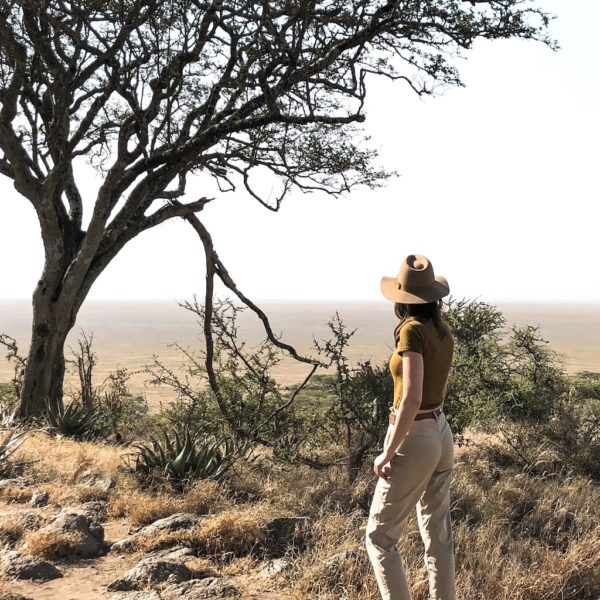
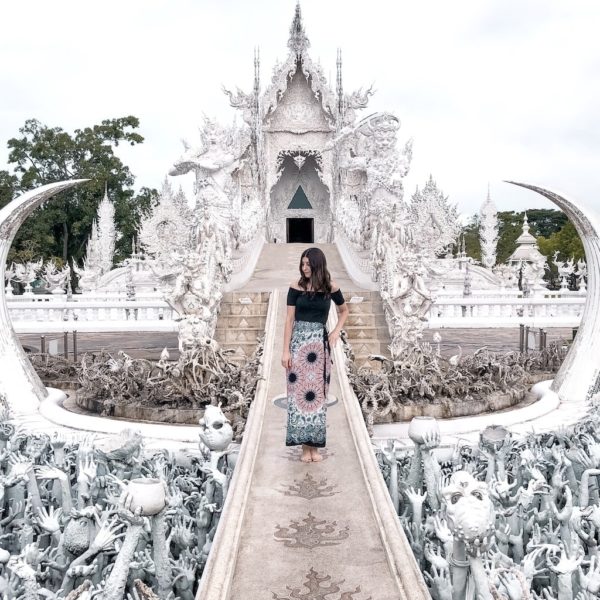


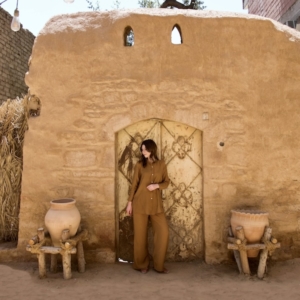
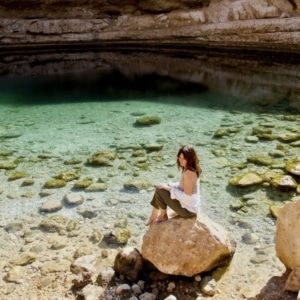



I love this post and of course all of the adorable bunnies! Nothing like some cute animals to put a smile on my face :-)
Glad you enjoyed it :)